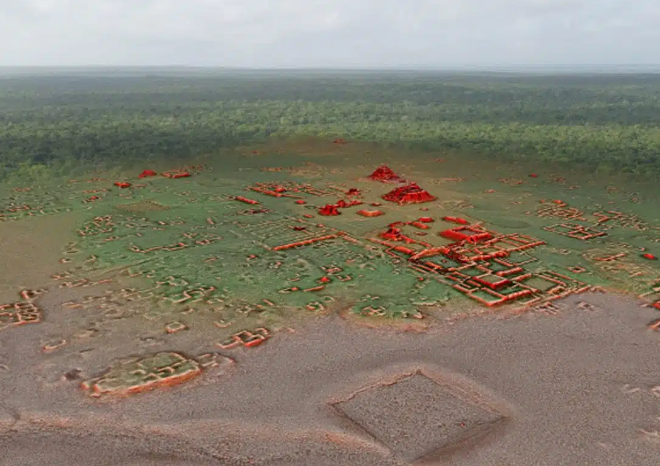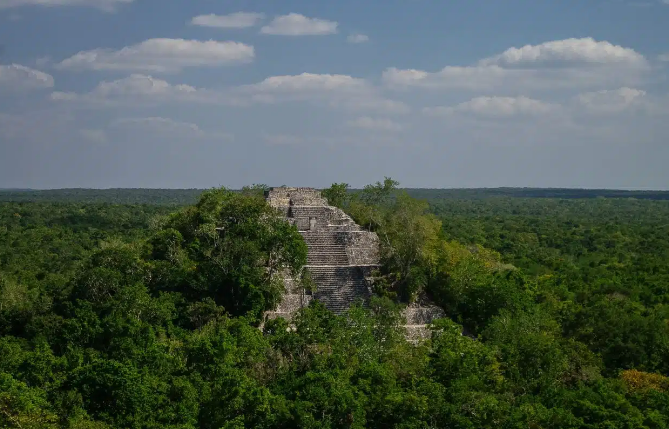
LiDAR reveals Maya city's area under a jungle canopy
Researchers have revealed the extent of urban expansion that lies beneath the jungle canopy through a Lidar survey of the Maya Archaeological Zone of Calakmul.
Researchers from the National Institute of Anthropology and History (INAH) and the Bajo Laberinto Archaeological Project have revealed the extent of urban expansion that lies beneath the jungle canopy through a Lidar survey of the Maya Archaeological Zone of Calakmul.
Deep within the Petén Basin region's jungles, in the Mexican state of Campeche, is Calakmul. As evidenced by the widespread use of the "Kaan" glyphs, which depict a snake head, the city served as the capital of what has come to be known as the Kingdom of the Snake.
Calakmul and the important state of Tikal, to the south, maintained a fierce rivalry throughout the Classic Period. According to estimates, the city had 50,000 residents at its peak in the Late Classic era and occupied an area larger than 70 square kilometres.

INAH researchers, working in collaboration with the National Centre for Airborne Laser Mapping at the University of Houston, Texas, and the Aerotecnologia Digital SA de CV, conducted an aerial LiDAR survey over an area of 95 square kilometres within the Calakmul Biosphere Reserve.
The findings showed the dense urban expansion and residential apartment complexes made up of 60 separate buildings arranged around temples, sanctuaries, and perhaps commercial plazas or markets.
According to a representative of INAH who was reporting on the survey for INAH TV, "The magnitude of the landscape modification may have equalled the scale of the urban population, since all the available land was covered with canals, terraces, walls and dams, to provide maximum food security and sufficient water for the inhabitants of the city"
LiDAR INSIGHTER Newsletter
Join the newsletter to receive the latest updates in your inbox.





